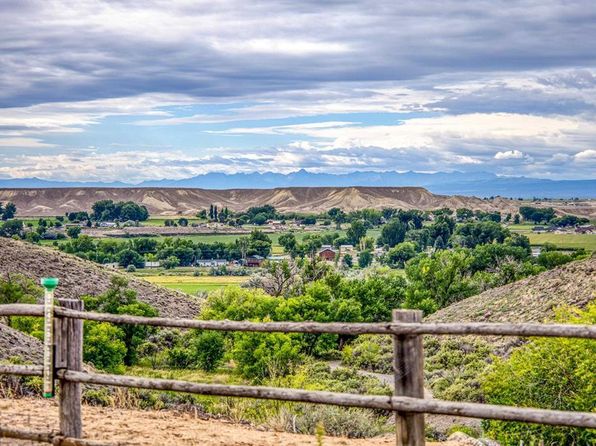
Can Homes in Colorado Really Have Mold?
Despite Colorado’s dry climate, mold can still be a common issue for homeowners. Mold spores are always present in the air, but they only grow and spread when they come into contact with moisture. In Colorado, mold problems are often linked to internal water sources like leaks, condensation, or humidity caused by poor ventilation. Factors such as heavy snowfall, indoor heating, and aging homes can all contribute to mold growth, especially during the colder months when windows are sealed, and moisture can’t escape.
Mold growth isn’t limited to regions with high humidity. In fact, mold can thrive in any home where moisture is present, regardless of the overall climate. Colorado homes, particularly in areas that experience snow, rain, or frequent temperature fluctuations, are just as vulnerable to mold as homes in wetter climates.
Common Causes of Mold in Colorado Homes
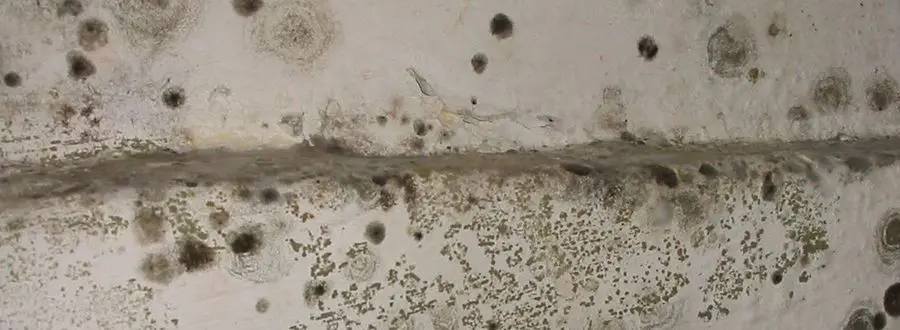
Mold growth in Colorado homes is often tied to specific conditions that allow moisture to accumulate indoors. Here are some of the most common causes of mold in Colorado homes:
1. Leaky Roofs and Windows
Snow, rain, and ice can cause roof and window leaks in Colorado homes, especially in older properties or homes with poor insulation. These leaks allow water to seep into walls, ceilings, and floors, creating the perfect environment for mold to grow. Over time, even a small leak can lead to significant mold infestations.
2. Condensation from Heating
In Colorado, where winters can be cold, homes rely heavily on indoor heating systems. When warm air from heaters or furnaces meets cold surfaces like windows or walls, condensation can form. If this moisture isn’t properly vented, it can lead to mold growth, particularly in basements, attics, and crawl spaces where ventilation may be poor.
3. Plumbing Leaks
Leaky pipes, water heaters, or faulty plumbing systems can cause water damage that leads to mold growth. In areas like kitchens, bathrooms, and laundry rooms where water is frequently used, mold can develop quickly if any leaks go unnoticed. Regularly checking for leaks and fixing plumbing issues is key to preventing mold in your home.
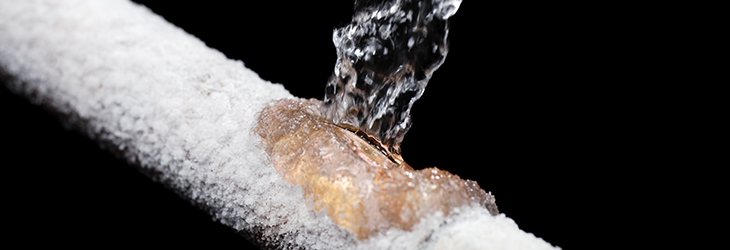
4. Snowmelt and Groundwater Seepage
Colorado’s heavy snowfall can lead to snowmelt, which may seep into basements or foundations if drainage systems aren’t properly maintained. Homes with poor grading, inadequate gutters, or old waterproofing can experience water seepage, leading to moisture buildup and mold growth in lower levels of the home.
5. Poor Ventilation
Without proper ventilation, moisture from everyday activities like cooking, showering, or doing laundry can get trapped indoors, creating a breeding ground for mold. In areas like basements, bathrooms, and attics, where airflow is limited, mold can grow behind walls, on ceilings, or even in insulation.
For more information on how water issues lead to mold growth, visit the EPA’s guide to mold remediation.
How to Prevent Mold in Colorado Homes
While mold can be a problem in any home, there are steps you can take to prevent it from growing and spreading. Here are some effective strategies to keep mold out of your Colorado home:
1. Control Indoor Humidity Levels
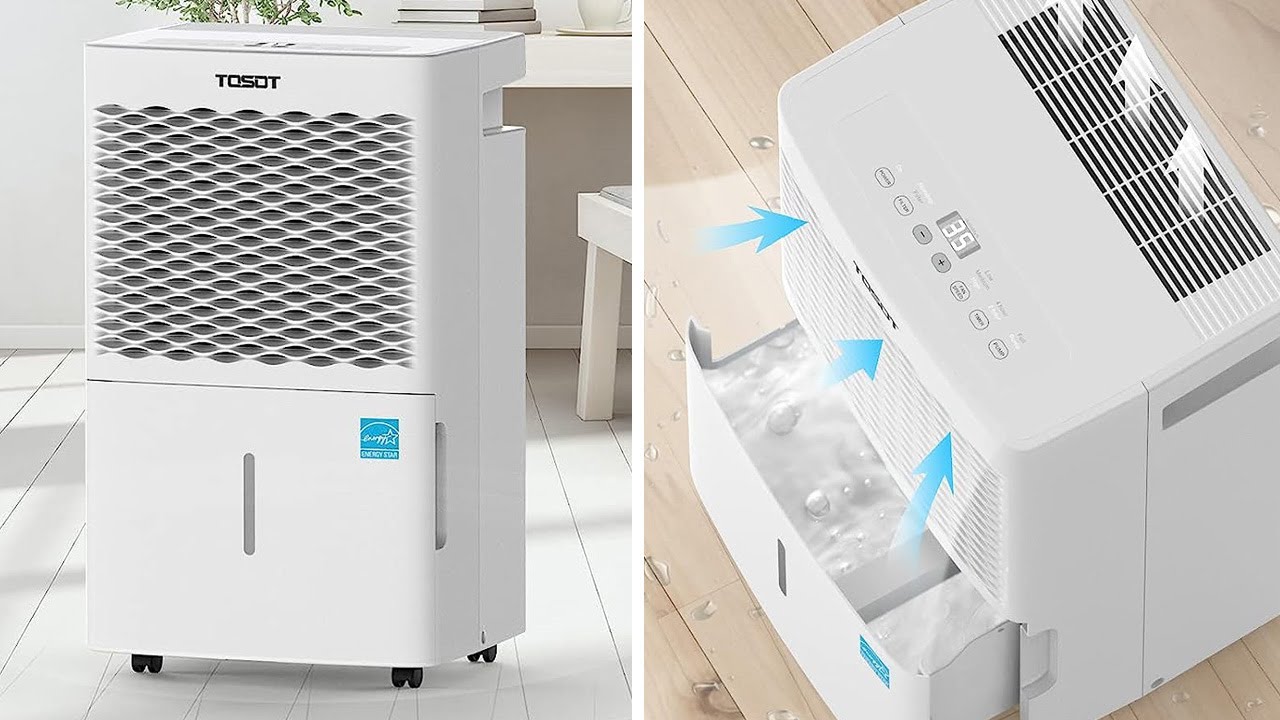
Even in dry climates like Colorado, indoor humidity can rise, especially during the winter months when windows are closed, and heaters are running. Aim to keep your indoor humidity levels between 30-50%. You can use a hygrometer to measure humidity and install dehumidifiers in areas prone to moisture, like basements and bathrooms.
2. Fix Leaks Immediately
Leaks are one of the main causes of mold growth. Whether it’s a leaky roof, windows, or plumbing, it’s important to fix any water-related issues as soon as possible. Regularly inspect your roof, pipes, and appliances for signs of leaks, and address any issues before they lead to mold growth.
3. Improve Ventilation
Proper ventilation is essential for preventing mold. Ensure your home has adequate airflow by using exhaust fans in the kitchen, bathroom, and laundry room. In areas like basements and attics, consider installing ventilation systems to keep air moving and moisture levels low.
4. Insulate Windows and Doors
In colder months, condensation often forms around windows and doors, providing moisture for mold to thrive. Adding weather stripping or insulating your windows and doors can help prevent cold air from entering and moisture from building up.
5. Direct Water Away from Your Home
Ensure that your home’s drainage systems are properly maintained to direct water away from the foundation. Clean your gutters regularly and make sure downspouts extend far enough from your home to prevent water from pooling around the foundation and seeping into basements or crawl spaces.
Signs of Mold in Your Home
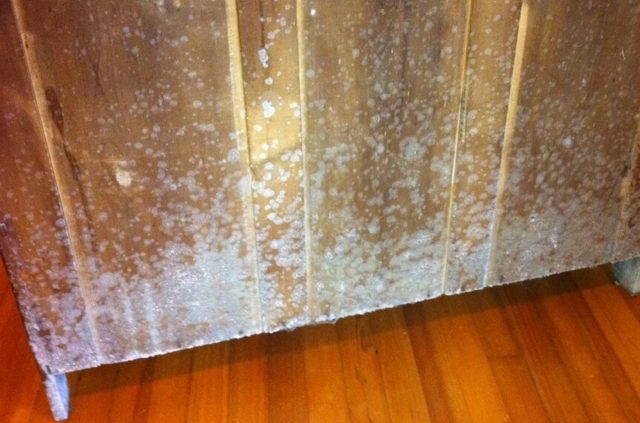
If you suspect mold in your Colorado home, it’s important to act quickly. Mold can spread rapidly, causing damage to your property and posing health risks. Here are some common signs that mold may be present in your home:
- Musty odors: Mold often produces a distinct musty smell, especially in enclosed areas like basements, closets, or crawl spaces.
- Visible mold growth: Mold can appear as black, green, white, or brown spots on walls, ceilings, floors, or furniture.
- Water stains: Stains or discoloration on walls, ceilings, or floors may indicate water damage and potential mold growth.
- Peeling paint or wallpaper: Moisture trapped behind walls can cause paint or wallpaper to bubble, peel, or crack.
- Allergy symptoms: If you or your family members experience persistent coughing, sneezing, itchy eyes, or other allergy-like symptoms indoors, it could be a sign of mold exposure.
If you notice any of these signs, it’s best to contact a mold remediation professional to assess the situation. Citywide Mold Mitigation offers expert mold inspection and removal services to help keep your home mold-free.
When to Call Citywide Mold Mitigation for Help
While small mold issues can sometimes be handled with DIY solutions, larger infestations or mold caused by water damage require professional help. Mold can spread quickly, and without proper remediation, it can return even after cleaning. If you suspect mold in your home or have recently experienced water damage, Citywide Mold Mitigation can provide thorough inspections, mold testing, and removal services to ensure your home is safe and mold-free. Contact us today for a consultation.
FAQ
| Question | Answer |
|---|---|
| Can homes in dry climates like Colorado have mold? | Yes, mold can grow in homes in dry climates like Colorado if there’s moisture present. Leaks, condensation, poor ventilation, and water seepage can all contribute to mold growth, regardless of the overall climate. |
| What are the main causes of mold in Colorado homes? | Common causes of mold in Colorado homes include leaky roofs or windows, plumbing leaks, condensation from heating systems, snowmelt seepage, and poor ventilation. |
| How can I prevent mold in my Colorado home? | You can prevent mold by controlling indoor humidity levels, fixing leaks promptly, improving ventilation, insulating windows and doors, and maintaining your home’s drainage systems. |
| What are the health risks of mold exposure? | Mold exposure can cause respiratory issues, allergic reactions, and asthma symptoms. Long-term exposure to mold can also lead to more severe health problems, especially for individuals with preexisting conditions. |
| When should I call a professional for mold removal? | If you notice significant mold growth, experience water damage, or see persistent mold despite cleaning, it’s best to call a professional like Citywide Mold Mitigation for expert inspection and removal services. |
If you’re dealing with mold in your Colorado home, reach out to Citywide Mold Mitigation for expert mold remediation services today.

